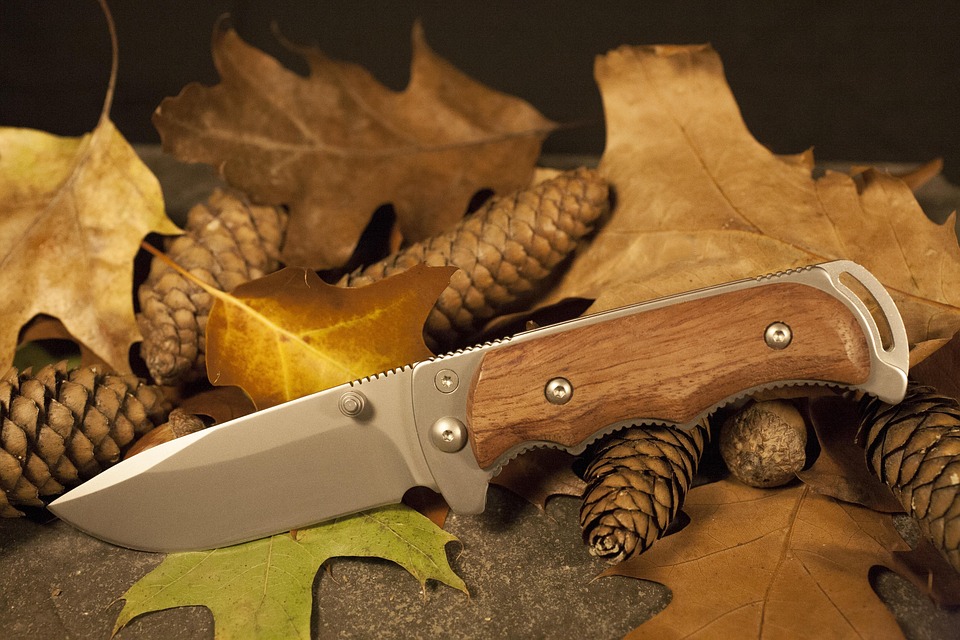Survive and Thrive: Essential Survival Kits for Every Situation
In today’s unpredictable world, it’s more important than ever to be prepared for any situation that may come your way. Whether you’re facing a natural disaster, a medical emergency, or a simple power outage, having the right tools and supplies on hand can make all the difference between surviving and thriving. In this article, we’ll explore the essential items you need in your survival kit for various scenarios and how to effectively prepare for any situation.
Why You Need a Survival Kit
Before we dive into the specifics of what to include in your survival kit, let’s first discuss why having one is so crucial. In times of crisis, access to basic necessities like food, water, shelter, and medical supplies may be limited or unavailable. By having a well-stocked survival kit, you can ensure that you and your loved ones have the essentials needed to stay safe and healthy until help arrives.
Building Your Basic Survival Kit
Every survival kit should contain the following essential items:
– Water: One gallon per person per day for at least three days.
– Food: Non-perishable items like canned goods, granola bars, and dried fruits.
– First aid kit: Bandages, antiseptic wipes, pain relievers, and any necessary medications.
– Flashlight: With extra batteries.
– Multi-tool: A versatile tool that can come in handy in a variety of situations.
– Whistle: To signal for help in case of an emergency.
– Blankets: To keep warm in cold weather.
– Cash: In case of power outages or other emergencies where credit cards may not be accepted.
Specialized Survival Kits for Different Situations
In addition to your basic survival kit, there are specialized kits you may need for specific situations:
Natural Disasters
If you live in an area prone to natural disasters like hurricanes, earthquakes, or wildfires, consider adding the following items to your survival kit:
– N95 masks: To protect against smoke and debris.
– Emergency shelter: Such as a tent or tarp.
– Gloves: For handling debris and other hazards.
– Personal hygiene items: Such as hand sanitizer, wet wipes, and toilet paper.
Medical Emergencies
For medical emergencies, be sure to include the following items in your survival kit:
– Prescription medications: A one-week supply.
– Medical information: Copies of important documents like insurance cards and emergency contacts.
– CPR mask: To protect yourself while performing CPR.
– Trauma kit: Including items like tourniquets, gauze, and wound dressings.
Power Outages
In the event of a power outage, you may need the following items in your survival kit:
– Battery-powered radio: To stay informed of news and updates.
– Portable phone charger: To keep your devices powered.
– Candles and matches: For lighting purposes.
– Non-perishable food: To avoid spoilage during a prolonged outage.
Storing and Maintaining Your Survival Kit
Once you’ve assembled your survival kit, it’s important to store it in a safe and easily accessible location. Make sure to check your kit regularly to ensure that all items are in good condition and have not expired. Replace any expired items and update your kit as needed based on your changing needs and circumstances.
Conclusion
In conclusion, having a well-stocked survival kit is essential for being prepared for any situation that may come your way. By including the essential items mentioned in this article and tailoring your kit to your specific needs, you can ensure that you and your loved ones are ready to survive and thrive in any emergency. Remember to regularly check and update your kit to maintain its effectiveness and be prepared for whatever challenges may arise. Stay safe, stay prepared, and thrive in any situation that comes your way.







